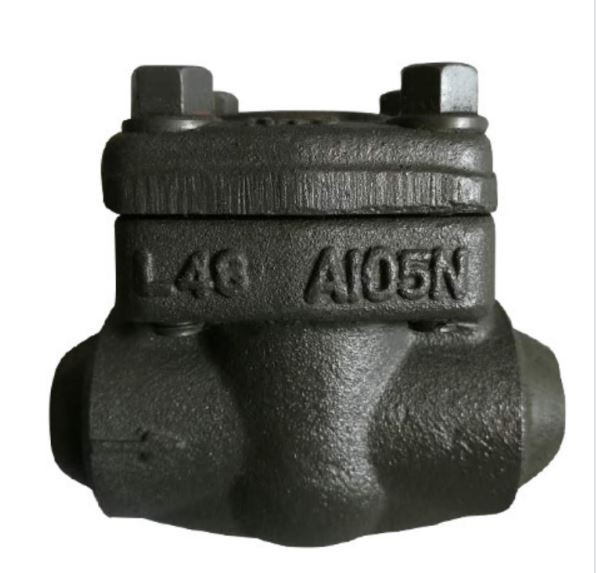Can a gate valve be installed vertically? That's a question I get asked a lot as a gate valve supplier. Let's dive into this topic and figure out what's what.
First off, let's understand what a gate valve is. A gate valve is a type of valve that uses a gate - like disc to control the flow of fluid. When the valve is open, the gate is fully retracted into the valve bonnet, allowing fluid to pass through with very little resistance. When it's closed, the gate drops down, blocking the flow completely. You can check out more about Gate Valve on our website.
Now, back to the main question: Can it be installed vertically? The short answer is yes, a gate valve can be installed vertically. But there are a few things you need to consider before doing so.
Advantages of Vertical Installation
One of the main advantages of vertical installation is space - saving. In some industrial settings or tight spaces, horizontal installation might not be an option. By installing the gate valve vertically, you can make the most of the available space.
Another benefit is related to drainage. If there's a need to drain the pipeline, a vertically installed gate valve can facilitate this process. The fluid can flow out more easily due to gravity, especially if the valve is installed with the stem at the top.
Disadvantages of Vertical Installation
However, there are also some drawbacks. One of the biggest issues is the potential for sediment and debris to accumulate at the bottom of the valve. Since the gate moves up and down vertically, any particles in the fluid can settle at the bottom of the valve body. Over time, this can cause the gate to not seal properly, leading to leaks.
The stem packing also faces more stress in a vertical installation. The weight of the gate and the pressure of the fluid can put extra strain on the packing, which might lead to premature wear and tear. This means more frequent maintenance and replacement of the packing.


Considerations for Vertical Installation
If you decide to install a gate valve vertically, here are some important things to keep in mind.
Stem Orientation
The orientation of the stem is crucial. It's generally recommended to install the valve with the stem at the top. This helps in preventing the accumulation of debris around the stem and also makes it easier to operate the valve. If the stem is at the bottom, there's a higher risk of the stem getting clogged with sediment.
Fluid Characteristics
The type of fluid flowing through the valve matters a lot. If the fluid contains a lot of solid particles or is viscous, vertical installation might not be the best idea. As mentioned earlier, sediment can build up and cause problems. For clean and non - viscous fluids, vertical installation is more feasible.
Valve Design
Some gate valves are designed specifically for vertical installation. These valves often have features like improved sealing mechanisms and better drainage channels to mitigate the issues associated with vertical mounting. When choosing a valve, make sure to select one that's suitable for your intended installation method.
Comparing with Other Valve Types
It's also interesting to compare gate valves with other valve types when it comes to vertical installation. Take the Globe Valve for example. Globe valves are more commonly installed vertically because of their design. The plug - like disc in a globe valve moves in a linear motion, and vertical installation allows for better control of the flow.
On the other hand, Forged check Valve can also be installed vertically, but its main function is to prevent backflow. The installation requirements for check valves are different from gate valves, as they rely on the flow direction and gravity to operate correctly.
Real - World Applications
In real - world applications, vertical installation of gate valves is quite common in certain industries. In the oil and gas sector, for instance, where space is often limited on offshore platforms, vertical installation helps save valuable space. In water treatment plants, vertical gate valves can be used in pipelines where drainage is important.
However, in industries dealing with dirty or abrasive fluids, such as mining or pulp and paper, horizontal installation is usually preferred to avoid the problems associated with sediment accumulation.
Maintenance for Vertically Installed Gate Valves
Proper maintenance is essential for vertically installed gate valves. Regular inspection of the valve for sediment buildup is necessary. This can involve opening the valve and checking the inside for any signs of debris.
The stem packing should also be checked regularly. If there are any signs of leakage or excessive wear, the packing should be replaced immediately. Additionally, lubrication of the stem and other moving parts can help reduce friction and extend the lifespan of the valve.
Conclusion
So, to sum it up, a gate valve can be installed vertically, but it comes with its own set of pros and cons. You need to carefully consider factors like space, fluid characteristics, and maintenance requirements before making a decision.
If you're in the market for a gate valve and have questions about installation or which valve is right for your application, don't hesitate to reach out. We're here to help you make the best choice for your needs. Whether you need a valve for a small - scale project or a large industrial application, we've got the expertise and the products to meet your requirements. Contact us today to start the procurement process and get the perfect gate valve for your system.
References
- "Valve Handbook" - A comprehensive guide on valve types, installation, and maintenance.
- Industry standards and guidelines related to valve installation and operation.